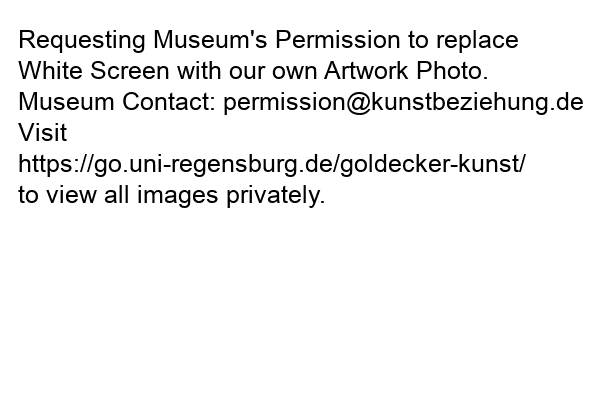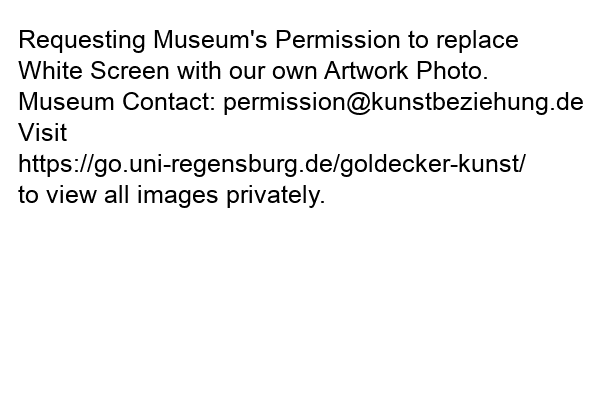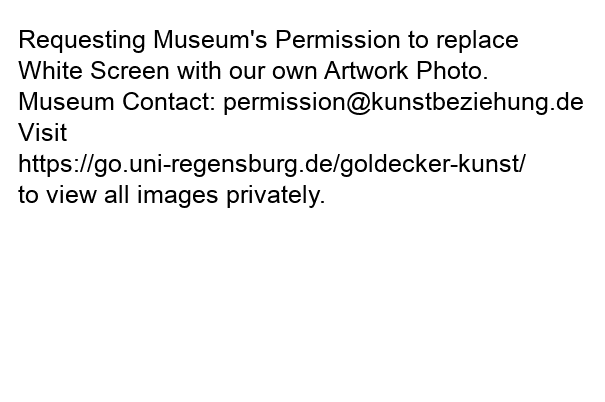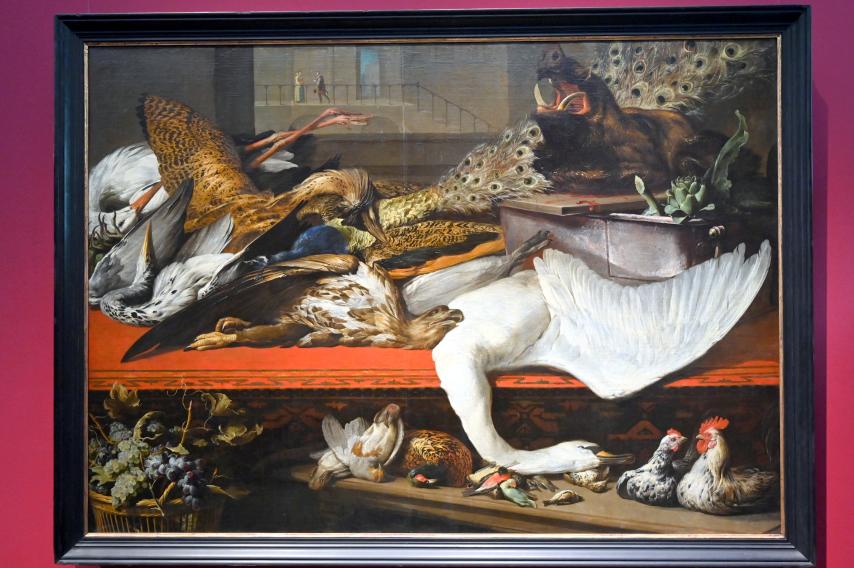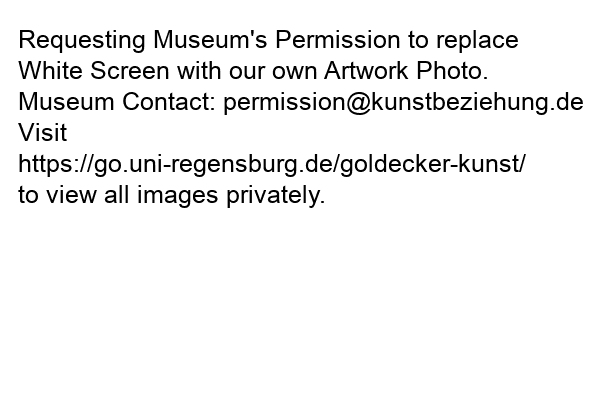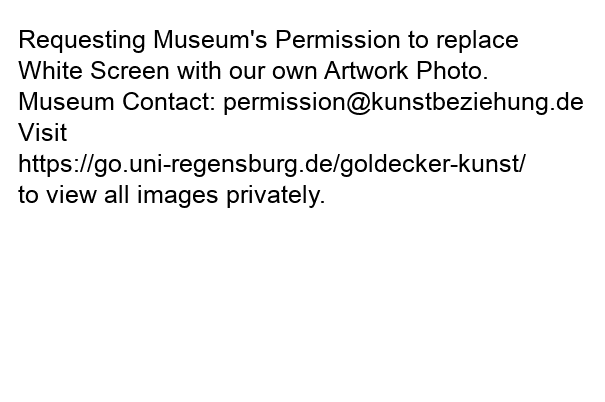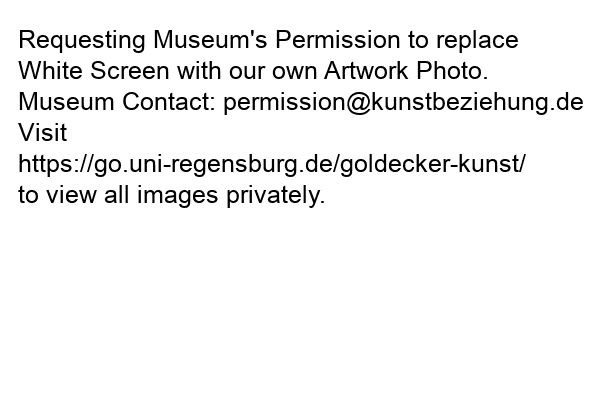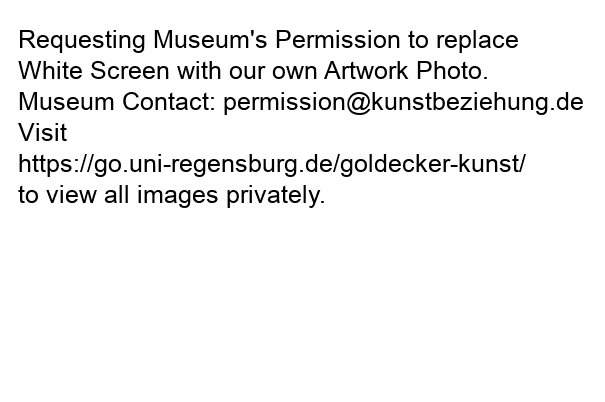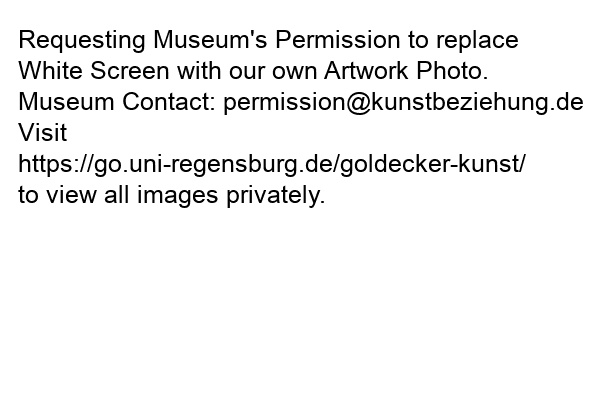DIE ÜBERWÄLTIGUNG DER SINNE
Schillernd wie die Epoche selbst ist auch die Bedeutung des Wortes Barock. Abgeleitet vom Portugiesischen barocca, der unregelmäßig geformten Perle, umschreibt es Sinnenfreude und pompose Prachtentfaltung, aber auch Schwulst und verschnörkelte Überladenheit..
Historisch war der Barock (ca.1580-1750) eine Zeit der Gegensätze: Höfischer Prunk und bürgerlicher Wohlstand, die Entdeckung der Welt, bahn brechende Erfindungen und kulturelle Blüte auf der einen Seite, Krieg, Glaubenskämpfe, Naturkatastrophen, Seuchen und Hungersnöte auf der anderen. Das Bewusstsein der Vergänglichkeit alles irdischen schwebte im Guten wie im Bösen über der Epoche. Mahnungen zu tugendhafter Mäßigung finden sich ebenso wie Sinnbilder purer Lebenslust. Man bedachte das memento mori (Gedenke des Todes) und frönte dem carpe diem (lebe den Tag). All diese Aspekte spiegeln sich auch in der bildenden Kunst der Zeit.
Mythologische und biblische Erzählungen liefern das Drehbuch für dramatische und lustvolle Bildgeschichten. Die Maler inszenieren sie auf ihren Leinwänden wie auf einer Bühne, theatralisch und großformatig. Drastischer Horror oder erhabene Schönheit sollen den Betrachter erschüttern und bewegen.
Hand in Hand mit zunehmend bürgerlichen Auftraggebern entdecken die Künstler neue Motive und Gattungen. Die dingliche Welt wird zum selbständigen Bildgegenstand. Landschaften und Stillleben breiten die Vielfalt und Pracht der Schöpfung aus. Täuschend echt, mit flüssigem Pinsel und schmelzenden Farben ahmen die Maler die Natur nach.
Inbegriff des Barock ist die flämische Malerei des Goldenen Zeitalters, der dieser Saal gewidmet ist. Daneben zeigt er Künstler des 16. Jahrhunderts, die den Barockmeistern den Weg bahnten.
OVERWHELMING THE SENSES
The history of the word Baroque is no less colourful than the age itself. Derived from the Portuguese word for an irregular pearl, barocca, the term became symbolic of the pleasures of the senses and pompous splendour, but also of the overblown and bombastic
Historically, the Baroque (c. 1580-1750) was an age of contrasts: courtly display and bourgeois prosperity, the discovery of the world, pioneering inventions, and a flowering of culture on the one hand, and wars, religious struggles, natural disasters, disease and famine on the other. The aware ness of the transience of all earthly things, good and evil alike, was omnipresent. Exhortations to virtuous moderation were no less prevalent than symbols of pure joie de vivre. People reflected upon memento mori (remember you will die") whilst at the same time indulging in carpe diem (live for the day'). All these aspects are also reflected in the visual arts of the age.
Mythological and biblical stories provided the script for pictorial narratives, dramatic and sensual alike. Painters staged them on their canvases as they would on an actual stage theatrically and on a large scale. The beholder was to be shocked or moved by merciless horror or sublime beauty.
Hand in hand with the increasingly middle-class nature of the clientele, artists discovered new motifs and genres. The material world became an object for depiction in its own right. Landscapes. and still lifes disseminated the diversity and splendour of creation. With fluent brushwork and melting colours, painters created truly eye deceiving illusions of nature.
The epitome of the Baroque was the Flemish painting of the Golden Age, to which this room is devoted. In addition sixteenth-century artists are represented who prepared the way for the Baroque masters.
